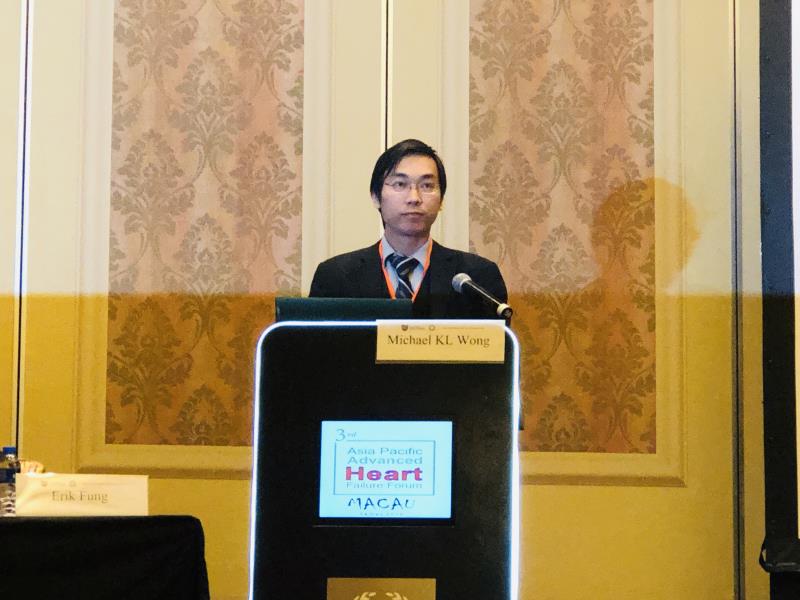 Dr Michael Wong
Dr Michael WongEarly use of mTOR inhibitors for primary immunosuppression may attenuate the progression of cardiac allograft vasculopathy (CAV) and reduce mortality after heart transplantation (HTX), while noninvasive assessments may become promising alternatives to endomyocardial biopsy for diagnosis of allograft rejection, recent studies have shown.
“Evolving techniques of mechanical circulatory support, particularly in left ventricular assist devices [LVADs], have led to reductions in mortality for patients waitlisted for HTX. In Hong Kong, for example, HTX waitlist mortality rate has decreased substantially between 1992 and 2010, to about 20 percent per year,” said Dr Michael Wong of Grantham Hospital, Hong Kong. “While the United Network of Organ Sharing [UNOS] HTX priority system was revised significantly in 2018 to better triage patients, CAV and allograft rejection remain the Achilles’ heel of HTX.”
Among patients who have undergone HTX, survival rates decrease from 82.24 percent at 1 year to 22.39 percent at 20 years, according to an international report. [J Heart Lung Transplant 2018;37:1155-1168] “In Hong Kong, the 1-year and 20-year survival rates are 86.8 percent and 43.7 percent, respectively,” said Wong.
However, CAV is present in 47.4 percent of patients at 10 years after HTX, with mortality rates exceeding 10 percent at 10–15 years. [J Heart Lung Transplant 2017;36:1037-1046]
“De novo conversion to mTOR inhibitors has been shown to attenuate CAV progression in randomized controlled trials,” said Wong. [J Am Coll Cardiol 2016;68:80-91]
In one study with a mean follow-up duration of 8.9 years, HTX recipients converted from a calcineurin inhibitor (CNI) to an mTOR inhibitor had significantly reduced risks of all-cause mortality (adjusted hazard ratio [aHR], 0.47; 95 percent confidence interval [CI], 0.31 to 0.70; p=0.002) and CAV-related events (aHR, 0.35; 95 percent CI, 0.21 to 0.59; p<0.0001) compared with those who remained on CNI. Greater reductions in CAV events or death were seen with early (≤2 years) vs late mTOR conversion, compared with no conversion (incidence at 20 years post-HTX, 42 percent, 68 percent and 90 percent, respectively). [J Am Coll Cardiol 2018;71:636-650]
“However, the use of rituximab was actually shown to worsen CAV [at 1 year post-HTX], with no significant impact on short-term survival,” Wong noted. [J Am Coll Cardiol 2019;74:36-51]
While endomyocardial biopsy remains the gold standard for diagnosis of allograft rejection, the risks associated with the invasive procedure have led researchers to identify biomarkers or imaging techniques that hold promise as noninvasive assessments.
“Circulating sphingosine-1 phosphate [S1P], for example, has demonstrated high sensitivity as well as high positive and negative predictive values for detection of allograft rejection in HTX recipients,” said Wong. “S1P is a metabolite of sarcoplasmic reticulum calcium ATPase 2a [SERCA2a] with downregulated expression in heart failure and cardiac allograft rejection.” [Sci Rep 2019;9:13880]
Multiparametric cardiac MRI (for assessment of global left ventricular function and myocardial T2, T1 and extracellular volume fraction) has also shown potential for detection of acute allograft rejection in HTX recipients. [JACC Cardiovasc Imaging 2019;12(8 Pt 2):1632-1641]
“While further confirmatory studies are needed, noninvasive assessments will hopefully become available for diagnosis of cardiac allograft rejection,” said Wong.